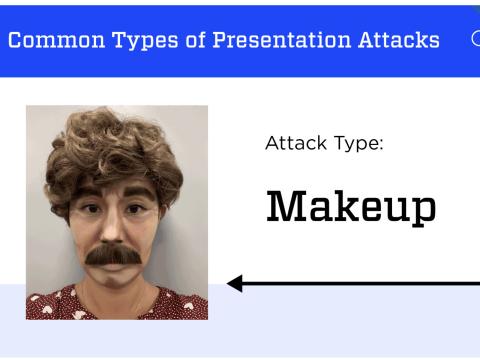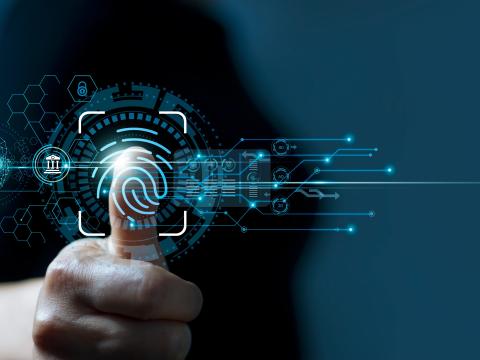Biometrics' Unprecedented Public Integration
Biometrics is on the verge of becoming more pervasive than ever in everyday life, setting the stage for personal identifiers to take the place of other common security measures. The expansion mirrors increased usage in fields such as military operations, citizen enrollment and public safety.
Apple’s announcement that its upcoming iPhone 5s will include a fingerprint scan to validate users marks a huge leap forward in biometrics’ integration into society at large. Through this technology and those that will inevitably follow, large swaths of the population will become habituated to regular use of biometrics. “This is really a game changer for the industry,” Walter Hamilton, vice chairman of the International Biometrics & Identification Association, said. His remarks came during a panel presentation at the Biometric Consortium Conference held in Tampa, Florida, this week.
Success by Apple will result in a huge increase of fingerprint biometrics on smartphones and the sun will have set on passwords, at least in the smart mobile market, he added. Dr. Joseph Atick, chairman, Identity Council International, said during the same discussion that despite naysayers, he believes the 5s announcement will be remembered as a landmark event in biometrics. Any way people look at it, the technology marks a leap forward, even if adjustments to the technology become necessary, he explained.
Mobility is driving advancements in biometrics in other ways as well. Google is launching technology that will allow users to pause a video, click on an actor’s face and, through facial recognition, pull up information on that person. Banking institutions are using voice biometrics in apps to authenticate customers.
In other areas, biometrics use grows as well. Several financial institutions use voice biometrics in call centers to validate clients. In Europe, a hotel employs fingerprints instead of keys to open guest-room doors while another location allows shoppers to scan fingerprints connected to their credit cards to pay for items. Casinos have installed facial recognition programs to identify cheaters or other bad actors.
Atick identified four short-term trends he said personnel in the field should pay attention to as they make plans. Those trends are development as a new driver for adoption; Africa, the next frontier for the community; facial recognition, “It’s back in a big way,” Atick stated; and the rise of e-services.
With the advancements come concerns about privacy and regulation. Kelli Emerick, executive director, Secure ID Coalition, explained that policy makers need to know more about the benefits of biometrics so they can calm concerns of their constituents. The field helps keep people safe, secures their information against intrusion and reduces fraud when resources are implemented correctly. With budgets tight, the United States may be at a tipping point where the money biometrics can save by cutting down on fraud in programs outweighs previous doubts about its use. Emerick said policymakers will have to lead the way, but the biometrics community must advocate for itself.
Biometrics have helped law enforcement and customs officials catch more criminals and stop them from entering the country, proving the viability of the field. Christopher Miles, biometrics program manager within the Homeland Security Advanced Research Projects Agency, said the community should do more to showcase its successes, building on the many positive results within the departments of Justice and Homeland Security. He also referenced military plans to expand biometrics activities to all areas where it operates. The long-term systems he referenced that brought about all the wins for the various government entities prove the need to keep supporting long-term research and development in the field, he concluded.




Comments